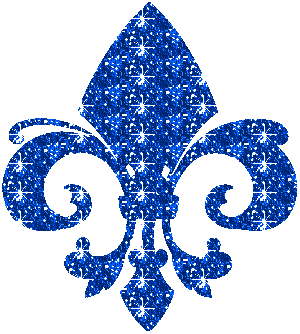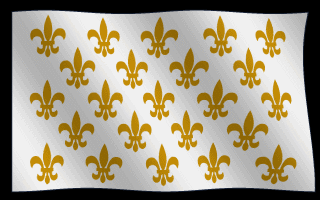top of page

What about the Fleur de Lis?


Fleur-de-lis, the symbol of French royalty and sign of many saints particularly St. Joseph, is a stylized and creative depiction of lotus or lily. Said to be the sign of light, life and perfection, its English translation is ‘flower of the lily.’ In France, which was once the hub of Catholic saints and religious views, the Fleur-de-lis became the symbol of representing the symbolism and emblems in politics, dynasty and artistry.


Legend has it that an angel presented Clovis, the Merovingian king of the Franks, with a golden lily as a symbol of his purification upon his conversion to Christianity. Others claim that Clovis adopted the symbol when waterlilies showed him how to safely cross a river and thus succeed in battle.


The oldest known examples of fleur-de-lis similar to those used in the Medieval Western world and in modern times can be found on assyrian bas-reliefs from the 3d millenium BC. It is found on tiaras, necklaces, scepters, and seems already to play the role of royal attribute. Those found a little later in Crete, India and Egypt probably have a similar meaning.
The Roman Catholic Church ascribed the lily as the special emblem of the Virgin Mary.
Due to its three "petals," the fleur-de-lis has also been used to represent the Holy Trinity.

Fleur de lis was adopted by King Phillip I of France or King Louis VI who became the first French monarch to use the Fleur de lis on his shield. (A blue shield decorated with golden Fleur de lis). As Louis VIII wore blue vestments decorated with golden fleur de lis, English kings added the symbol on their coat of arms to emphasize their claims to the French throne.




SCharles V, crowned in 1364, reduced the number of fleur de lis to three. This banner preceded the king everywhere and was carried by an equerry. Only the king alone could display the banner. It was used in Battle by all of the French kings up To HenryIV. (1590)tory Title
From 1590-1790 the Bourbon banner, a white flag with three golden fleur de lis was one of four flags used by the military. Others were blue with three gold fleur de lis of different shape and sizes or a lion rampant between three fleur de lis which dated back to Charles VI of France (1405).



The white cross and the fleur de lis of France are attributed to Joan of Arc and Charles VII. In her support of Dauphin against the English she led the French troops to victory, thus helping Charles VII regain his throne. The flag supposedly contained many motifs and it was intended to be a contradiction of the English flag, meaning that England was subject to France and not vice-versa. The multiple fleur de lis represented the unity of many different parts of France.


About IFO Source: Wikipedia, the free encyclopedia https://en.wikipedia.org/wiki/Fleur-de-lis






bottom of page


